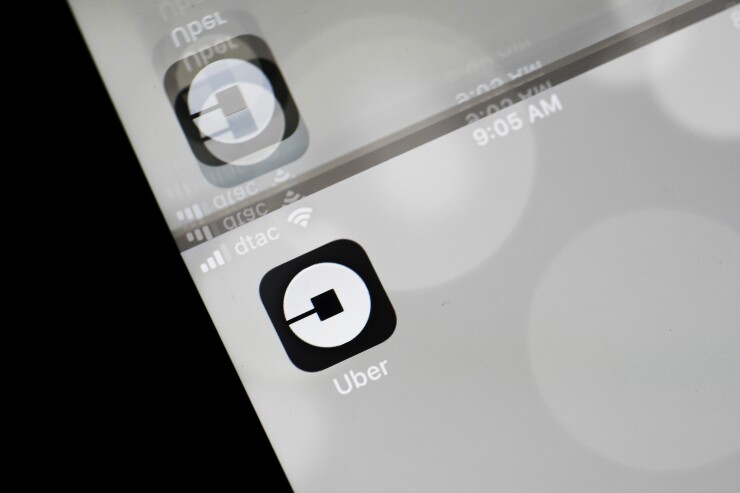On the heels of the industry’s transition to chip card technology in the U.S. and intense competition from upstarts like Square, Poynt and Clover, point of sale card readers have struggled to remain relevant.
And as further evidence of the impending “
So why are we now seeing these shifts in the industry?

It all comes down to convenience. New payment apps like Venmo and widely adopted mobile wallets such as Apple Pay and Alipay have made the consumer payment experience incredibly convenient. Consumers no longer have to memorize their card information or type in 15 numbers for every purchase. They’ll input this information one time, creating a username and password, and are only required to remember this information for future purchases.
In fact, depending on their smartphone’s security settings, they may not even have to do this to make a purchase. Most mobile wallets are integrated with a smartphone’s security features, so consumers can bypass the login process with the touch of a finger or using their phone’s facial recognition capabilities.
Mobile wallets also continue to close the gap between e-commerce and retail. Shoppers can pay with a mobile wallet like Visa Checkout, MasterPass or Apple Pay in store, in-app and on e-commerce websites. Retailers who accept mobile wallets at the point of sale are offering their customers the most streamlined checkout experiences available, but education of the available technology will be vital for widespread adoption by consumers and retailers alike.
Beyond this, order-ahead technology, which allows customers to by-pass the traditional checkout, is contributing to the death of POS. In the fast-paced digital world, customers don’t want to wait in line and retailers are designing their stores with this preference in mind.
Starbucks isn’t the only retailer thinking about “frictionless” in-store experiences. Amazon is taking the idea a step further. Through its Amazon Go store format, it is challenging the notion of brick-and-mortar as we know it.
You’ve likely seen the now-viral
The store’s success and
Looking back, Venmo was purely designed for peer-to-peer money transfers. However, its recent partnership with Uber represents how fintech companies are evolving based on trends in the market. New payment apps, widely adopted mobile wallets, mobile order-ahead technology and Amazon Go all demonstrate a clear shift in the industry. To be successful, fintech companies will need to offer merchants the best consumer experiences available.





